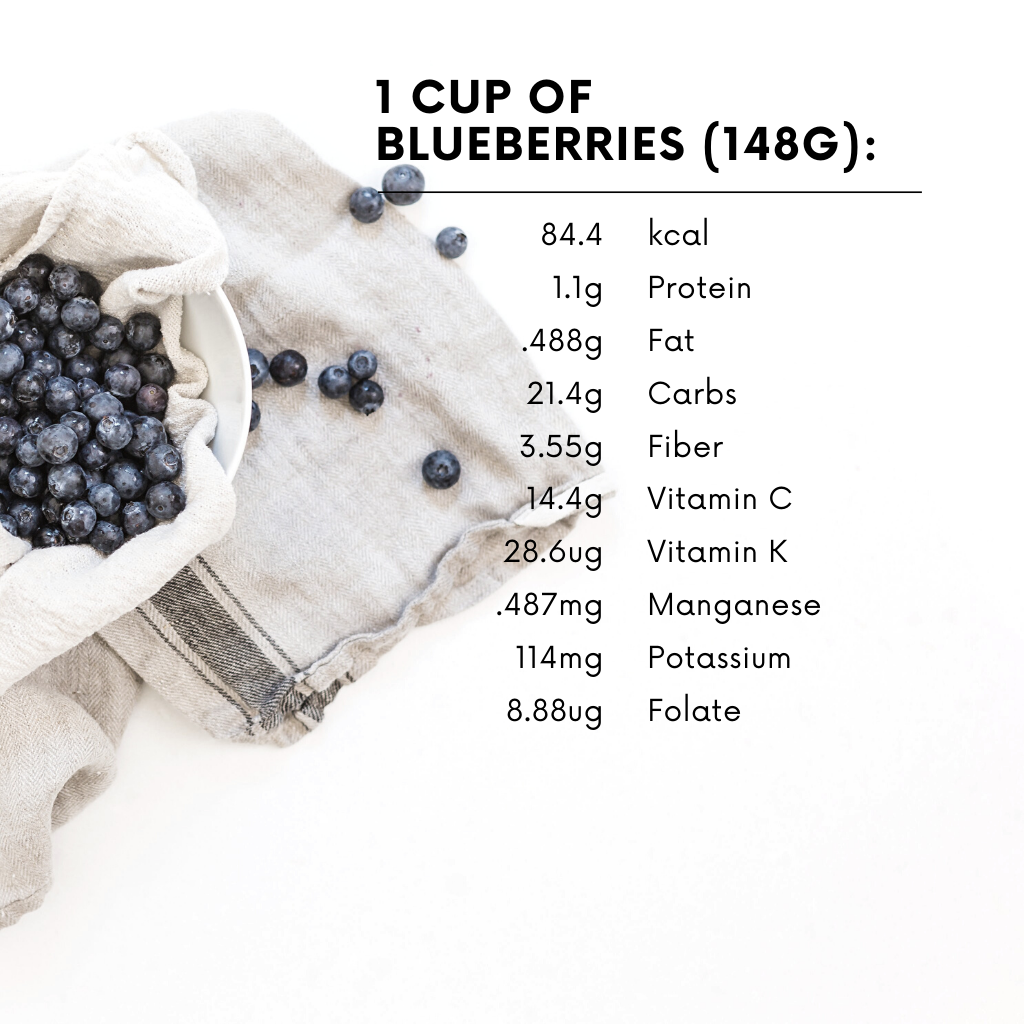There are few fresh foods that pack the nutritional punch of a blueberry. Small and incredibly nutrient dense, blueberries are hailed for their high antioxidant and vitamin content. Blueberries are a North American fruit that require a specific climate and acidic soil to grow. Rabbiteye blueberries, a variety of blueberries that grow well in Texas, are grown commercially in the humid climate of East Texas.
Blueberries can be eaten in many different ways: fresh, frozen, juiced, in sauces, syrups, baked goods and more. Because of their versatility, it is easy to work this berry into your everyday diet. Enjoy fresh blueberries as a side to a meal or alongside nuts for a snack, atop salads, blended in smoothies for a nutrient boost, or baked into a wholesome breakfast muffin. Whatever way you choose to consume blueberries, you will be adding essential vitamins, nutrients and antioxidants to your diet.

When shopping for fresh blueberries, be sure to pick berries at peak ripeness. Size is not an indicator of ripeness or taste. Rather, pay close attention to the color of the berries: berries that are brighter in color will not be as ripe, but darker berries that range from purple-blue to blue-black should be at peak eating quality. Blueberries should be smooth, dry and firm, and should have a powder-like surface bloom coating on the outside. Similar to other berries, blueberries should only be washed right before consumption to avoid getting moldy and spoiling.
AgriLife Extension’s Dinner Tonight has an array of great recipes using blueberries like Greek Yogurt Banana and Blueberry Pancakes, Fro-Yo Blueberry Lemon Bites, and a tasty Fruit Clafoutis. For more creative and delicious recipes using blueberries and other wholesome ingredients, visit dinnertonight.tamu.edu/.

